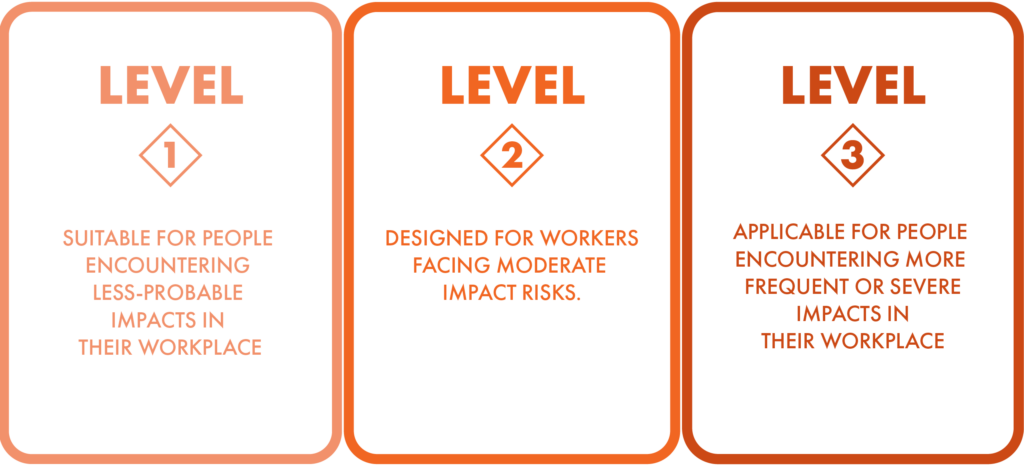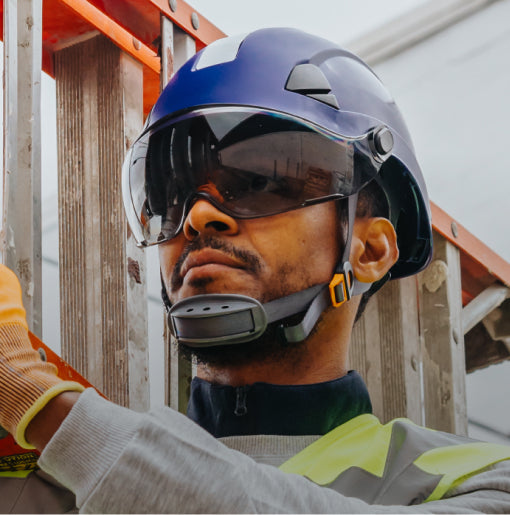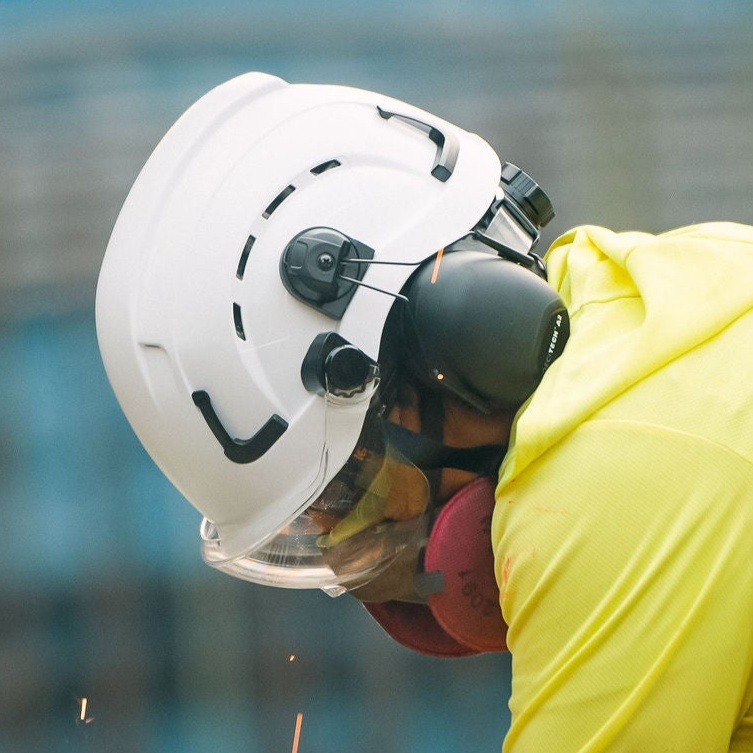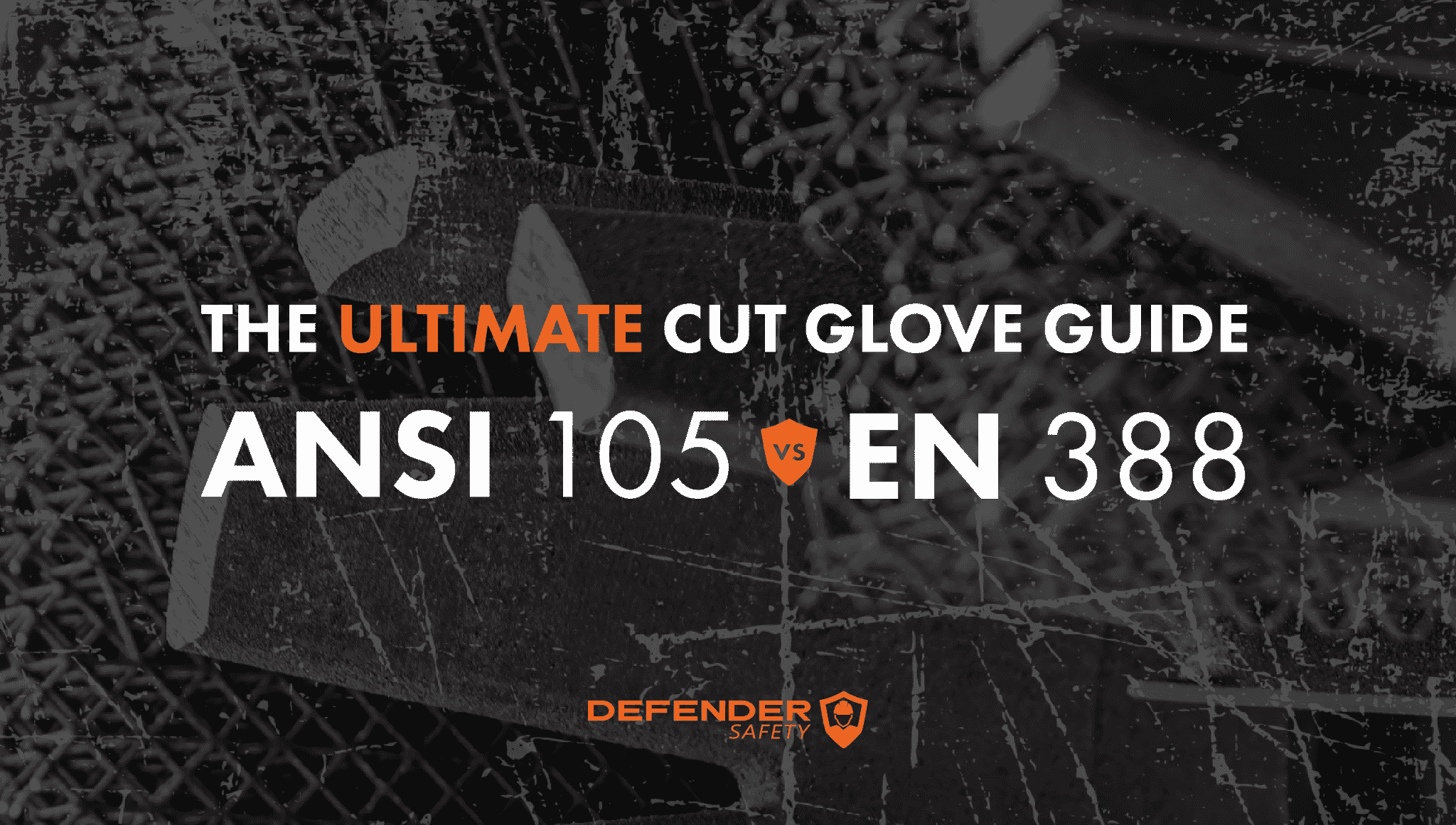Introduction
According to the latest data from the Bureau of Labor Statistics, every year roughly one million workers are victims of occupational hand injuries that force them to seek emergency medical help. Moreover, nearly 110,000 hand injuries requiring time away from work are reported annually. Lacerations are the most common form accounting for approximately 63% of all hand-related damage. Crushes come in second with 13% of reported hand injuries. Avulsions, punctures, and fractures account for about 20% of reported injuries. Most often, an injured hand at work is caused by human error. One of the easiest ways to protect a user from hand injury is using proper PPE, but it can be confusing to understand which gloves are best for your job. The ANSI/ISEA 138-2019 is a standard that aims to improve the safety of workers by addressing the impact protection offered by gloves. This standard introduces testing, classification, and labeling requirements for gloves that provide impact resistance, ultimately helping to make informed decisions about personal protective equipment (PPE) and enhancing overall worker safety. In this blog, we will discuss the ANSI/ISEA 138 standard, the different levels of impact protection, and the importance of having impact protection in the workplace.What is ANSI/ISEA 138?
As mentioned earlier, the ANSI/ISEA 138 standard is designed to evaluate the performance of gloves offering back-of-hand protection from impact. This standard is unique in that it requires PPE manufacturers to undergo testing in a lab that meets the laboratory conformity assessment standard ISO/IEC 17025. The aim is to ensure that gloves meet minimum performance criteria and provide accurate, reliable information to end-users. Levels of Impact Protection: The ANSI/ISEA 138-2019 standard defines three levels of impact protection using an impact-protection scale: By adopting the ANSI/ISEA 138 standard, PPE manufacturers are held accountable for the performance of their gloves. This standard enables end-users to make more informed decisions when choosing the right gloves for their specific needs, ensuring a higher level of protection for workers.
By adopting the ANSI/ISEA 138 standard, PPE manufacturers are held accountable for the performance of their gloves. This standard enables end-users to make more informed decisions when choosing the right gloves for their specific needs, ensuring a higher level of protection for workers.
How is ANSI/ISEA 138 tested?
The classification is achieved by dropping a ‘drop striker’ (a falling mass) on the impact points of the glove, recording the force transferred in kilonewtons (kN). This test is repeated eight times for the knuckles and ten times for the fingers. Gloves are classified based on all the test results and the mean. To classify as an ANSI/ISEA 138 level 1, 2, or 3, the mean and all test results must be within the classification parameters. All gloves claiming a performance level under ANSI/ISEA 138 must have an ANSI/ISEA 138 pictogram displaying the level of protection offered by the glove on the glove itself or a label that is permanently attached to the glove. The pictogram marking must be visible and legible throughout the normal useful life of the glove.
All gloves claiming a performance level under ANSI/ISEA 138 must have an ANSI/ISEA 138 pictogram displaying the level of protection offered by the glove on the glove itself or a label that is permanently attached to the glove. The pictogram marking must be visible and legible throughout the normal useful life of the glove.
How to select the right ANSI Impact Glove for your task
It can be confusing to understand which impact gloves are best for you. Most users unfortunately assume that higher impact level equals a better glove, but there are other factors to consider such as dexterity, grip, and abrasion resistance. The most important factor to keep in mind is to know which environment the gloves will be used in. If you are working with objects that can frequently impact your hands with high severity, then a higher level impact glove is right for you. However, if the impact is not severe and dexterity is required (such as working with precision tools that may slip on to your hand) then a lower impact glove may be ideal. The most important takeaway is to understand the hazard in your environment and ensuring your gloves are well equipped against the hazard.Conclusion:
The ANSI/ISEA 138-2019 impact protection standard is an essential tool for improving worker safety in industries that face potential hand impact risks. By understanding the different levels of impact protection and their appropriate applications, employers and workers can make more informed decisions about PPE and create a safer working environment. Defender Safety’s Dexguard line is the ideal choice when choosing your impact-rated glove. They are eco-friendly, high quality and come additionally with a wide range of cut levels to give you the protection you need for the task at hand. To learn more about the Dexguard series click on the link below:










